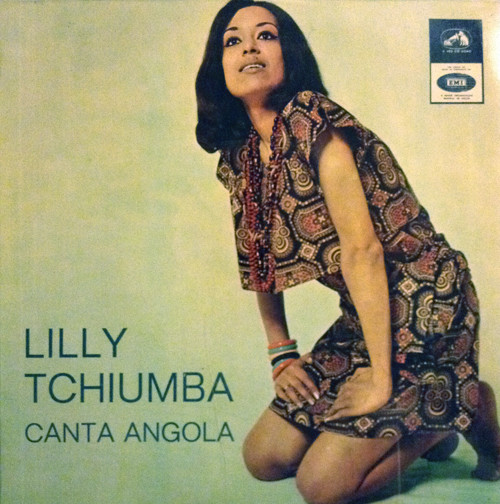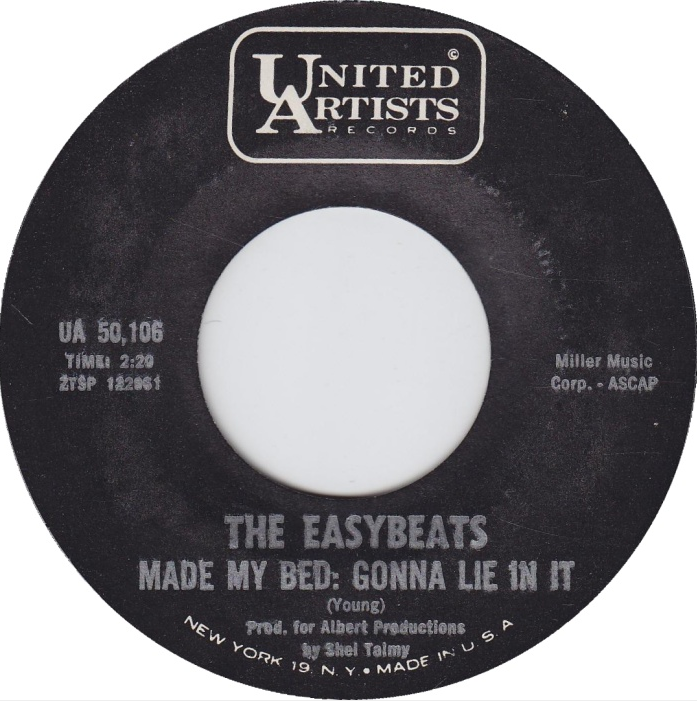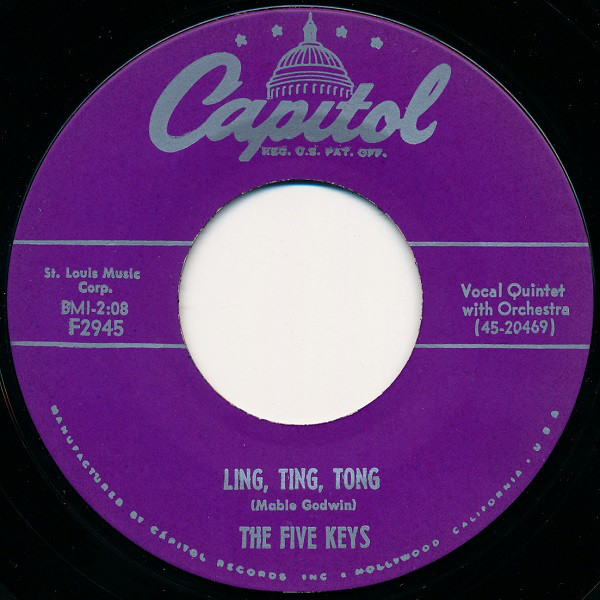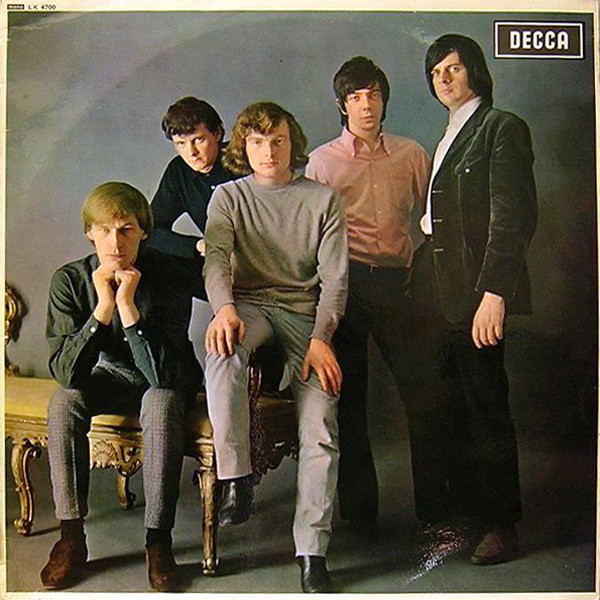
“Wrong Side of the River” (1971) – Mott the Hoople * Written by Mick Ralphs * Produced by Mott the Hoople * LP: Wildlife * Label: Island (UK); Atlantic (US)
Mott the Hoople took their name from a little-read novel about an outsider who considers becoming a normal Joe, or “hoople.” The name seemed to fit a group who ran in British glam circles, but whose foundational rock values connected them especially with the working class audiences in Cleveland and Detroit. They called their third album Wildlife, a testament to the earth themes running through the popular consciousness back then, which the music signifies mostly through the piano and acoustic guitar sounds on side one. Mick Ralph’s “Wrong Side of the River” is a highlight in 3/4, starting pensively then swelling into the types of organ-driven crescendos we’d heard on the band’s debut album. Rod Stewart would lift the opening piano phrase note-for-note for his “Baby Jane” (1983), assuming, perhaps, that he was merely mimicking an uncopyrightable “arrangement,” the way he’d done for “Da Ya Think I’m Sexy” with Bobby Womack’s “(If You Want My Love) Put Something Down on It.”

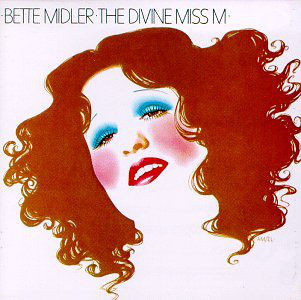
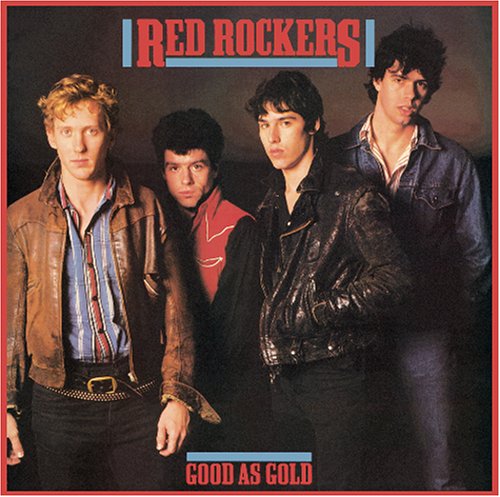
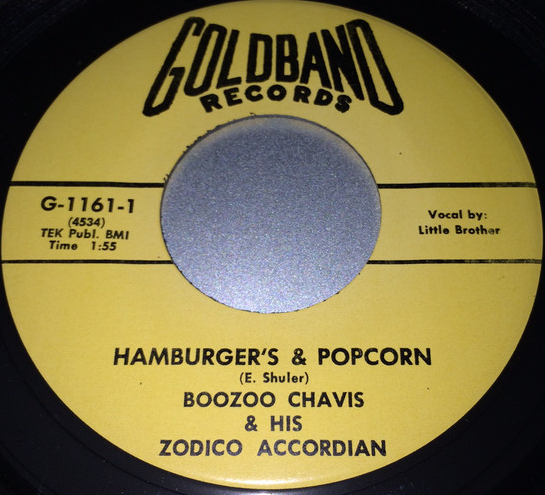
 “No More Auction Block” (1964) – The Goldebriars
“No More Auction Block” (1964) – The Goldebriars